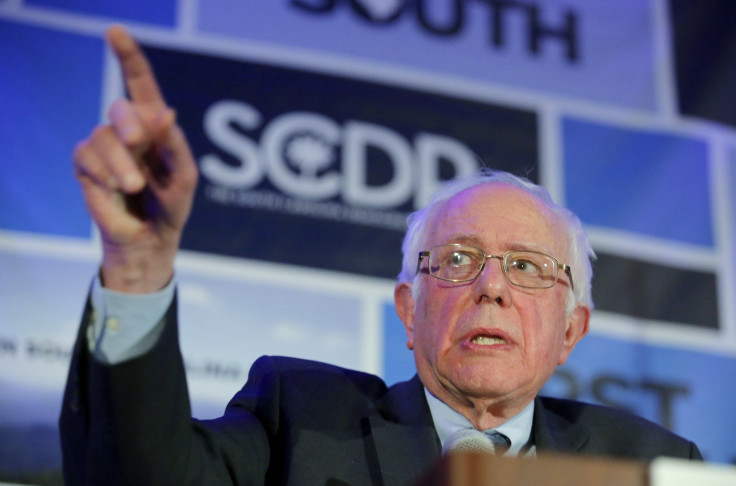Bernie Sanders’ Single-Payer Healthcare Plan: How The Vermont Senator Envisions Medicare For All

Democratic presidential candidate Bernie Sanders released his plan for a single-payer healthcare system in the United States Sunday, hours before the start of the fourth Democratic debate. The Vermont senator, a self-proclaimed socialist, has long advocated for universal healthcare and nine times has proposed legislation to expand Medicare to all Americans.
The eight-page plan, titled "Medicare for All: Leaving No One Behind," praised the Affordable Care Act, President Barack Obama's signature healthcare law, for helping "more than 17 million Americans" gain health insurance. At the same time, it called for the U.S. to "build upon the success of the ACA" because about 29 million Americans still lack health insurance, while even many of those who do have coverage cannot actually afford to use it.
A single-payer healthcare system is a system where a single public agency organizes the financing of healthcare. The current U.S. system relies on a complex network of insurance companies and a mix of public and private systems to handle payment for medical care.
One of the biggest questions Sanders has faced in calling for universal healthcare has been the issue of finances -- how much it would cost, and how it would be paid for. According to the plan released Sunday, the annual costs of $1.38 trillion would be "fully paid for" from several revenue streams, including a 6.2 percent income-based healthcare premium levied on employers, amounting to $630 billion per year. Households would contribute with an income-based premium of 2.2 percent per year, for annual revenues of $210 billion per year.
The plan would also be funded through progressive income tax rates, so that the more people earn per year, the higher the rate they pay in taxes. His proposed rates ranged from 37 percent to those with annual income between $250,000 and $500,000 per year to 52 percent on households making more than $10 million per year.
With #SinglePayer debate between @HillaryClinton & @BernieSanders, does it drive Dem votes https://t.co/gbOzLxPcp6 pic.twitter.com/0Wta4Hn5wC
— Kaiser Family Found (@KaiserFamFound) January 14, 2016
Meanwhile, tax breaks for capital gains and dividends would end, and instead, that income would be taxed "the same as income from work," the plan said. Other proposed sources of revenue for the single-payer plan included a limit on tax deductions for the rich, a "responsible estate tax" and savings accrued from ending various tax breaks, aimed at subsidizing healthcare, that would no longer apply with a single-payer system.
His plan also laid out how universal healthcare would cost far less for the government, the average consumer and businesses, than the status quo. It promised that Sanders' plan would cost $6 trillion less than the existing healthcare system over the next decade, and it would save the average middle-class family some $5,800 per year. Such a family would have to pay $466 in annual premiums for healthcare coverage, according to Sanders' plan.
The Obama administration credits the Affordable Care Act with lowering the ranks of the uninsured by some 16.4 million. Still, even those with health insurance have found medical care to be prohibitively expensive, skipping doctor's visits and medical tests as a result. The group Physicians for a National Healthcare System touts the benefits of a single-payer system, in comparison to the Affordable Care Act, here.
In 2014, healthcare spending in the U.S. reached $3 trillion, or more than $9,500 per person, and accounted for 17.5 percent of the country's GDP.
© Copyright IBTimes 2024. All rights reserved.






















